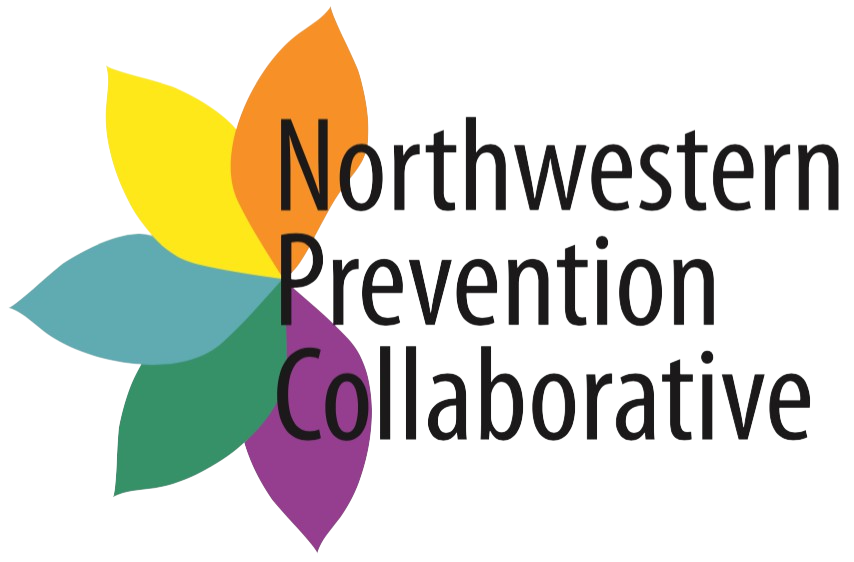Visit the Centers for Disease Control and Prevention website, and you can find stories from people like Ann Marie, whose 20-year-old son became addicted to opioids in only five days. He wasn’t someone who had used other drugs and moved onto opioids. He was prescribed the drugs after a minor car accident. So what happened? Why are opioids so addictive?
Sometimes we have a preconceived notion of how a person develops an opioid use disorder. They may be perceived as weak or uneducated, or as someone who used other drugs previously and “moved up” to heroin. None of these perceptions are accurate. Literally anyone can become addicted to opioids.
An Overview of the Science
As the video explains, opioids attach to the body’s natural opioid receptors. These receptors are all a part of our body’s pain management system. They help us survive when we have been injured. But, prescribed opioids produce a much higher spike in dopamine than natural activities such as exercise, a hug, or seeing an old friend.
Dopamine is a chemical in your brain that is associated with pleasure.
As a person continues to take the prescribed medication, their body begins to build up a tolerance. To feel “normal,” they need to take more and more of the opioids. As our next video from National Geographic explains, the withdrawal symptoms are not just unpleasant—they are unbearable. Though this next video is a bit longer, it is well worth the view if you want to understand the power of addiction.
There is Hope
There is hope for recovery. A combination of Medication Assisted Treatment (MAT) and therapy can help a person with an opioid use disorder break free from the chains of addiction. Read Cortney’s story of recovery from the CDC site.
Visit the Resources page on our website to find where you can get help.




Comments are closed.